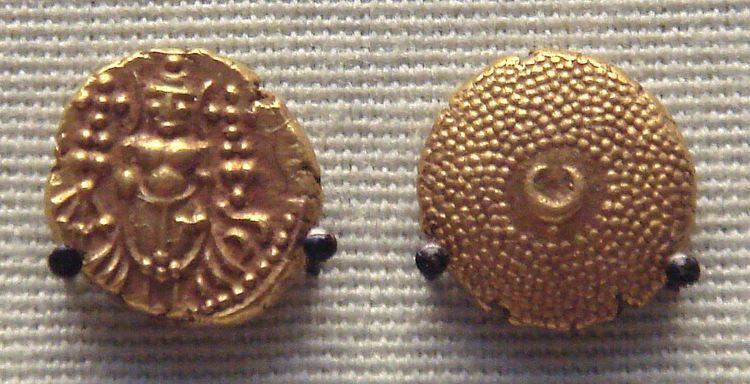 | ||
The pagoda was a unit of currency, a coin made of gold or half gold minted by Indian dynasties as well as the British, the French and the Dutch. It was subdivided into 42 fanams.
The pagoda was issued by various dynasties in medieval southern India, including the Kadambas of Hangal, the Kadambas of Goa, and the Vijaynagar Empire. There were two types of pagoda coined by foreign traders. The most valuable was the star pagoda, worth approximately 8 shillings, equivalent to £7 in 2015, issued by the East India Company at Madras. The second was the Porto Novo pagoda, issued by the Dutch at Tuticorin and also by the Nawabs of Arcot, and worth about 25% less than the star pagoda. The French struck local gold "pagodas" and silver "fanams" under contract by the nawabs. The silver coins of the French were called "fanon" which were equivalent to the local "fanam" and could be exchanged at the rate of 26 fanon to one gold pagoda.
